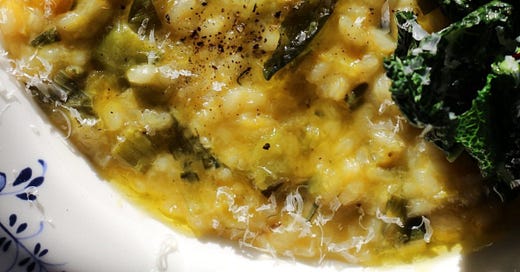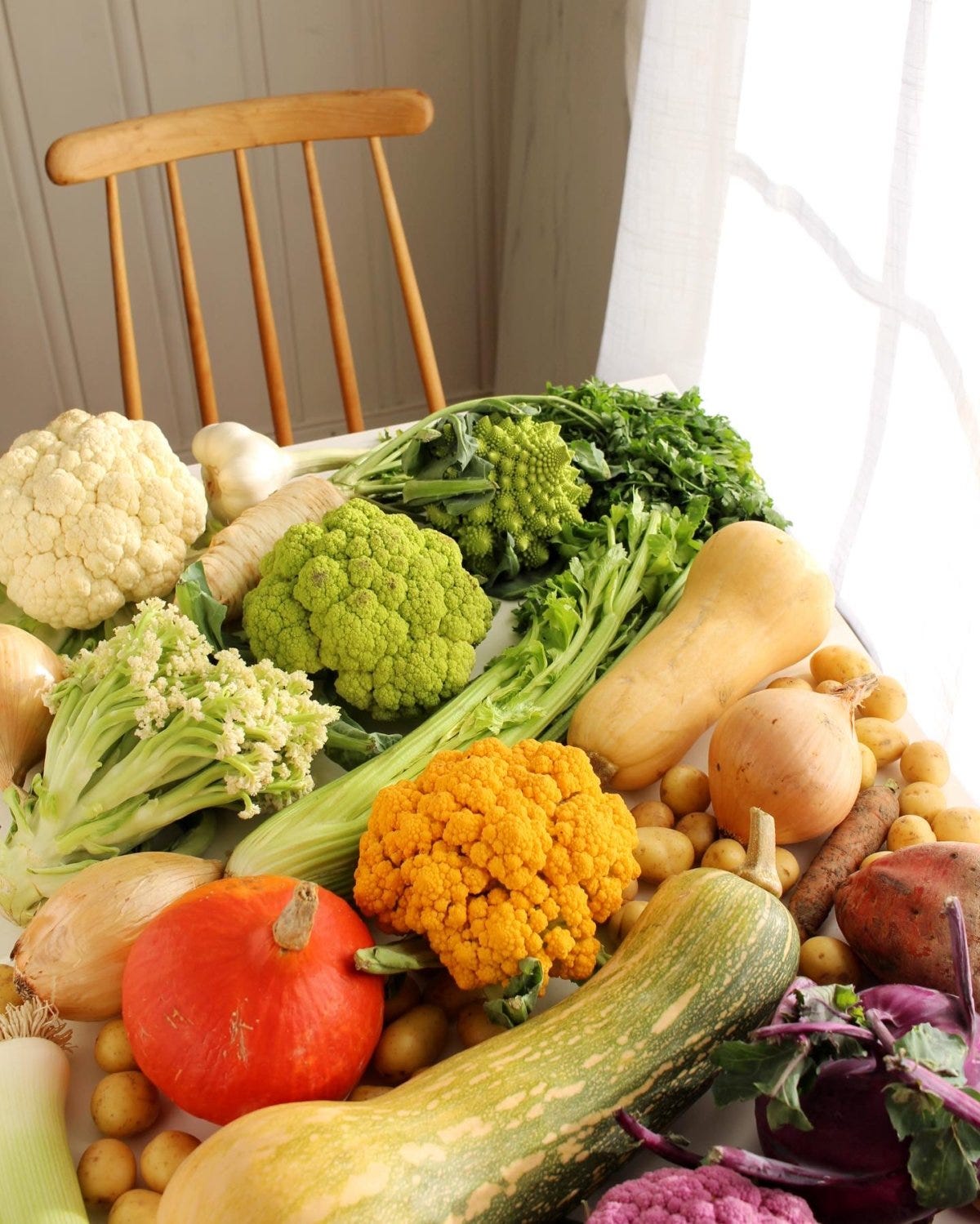Pear & Ginger Scones, Leek & Butternut Risotto
what to cook now + tips for preserving the summer season ✨
Allô! 👋
Happy Sunday! My favourite day of the week. A day to go inward and look after my home and myself. On Sundays I like to tidy up things that I was too busy to tidy during the previous week, prepare anything that needs preparing before the next week ahead, go out for long walks that can't be walked any other day, and give myself the time to read an…
Keep reading with a 7-day free trial
Subscribe to good food at home to keep reading this post and get 7 days of free access to the full post archives.




